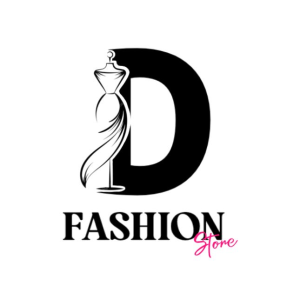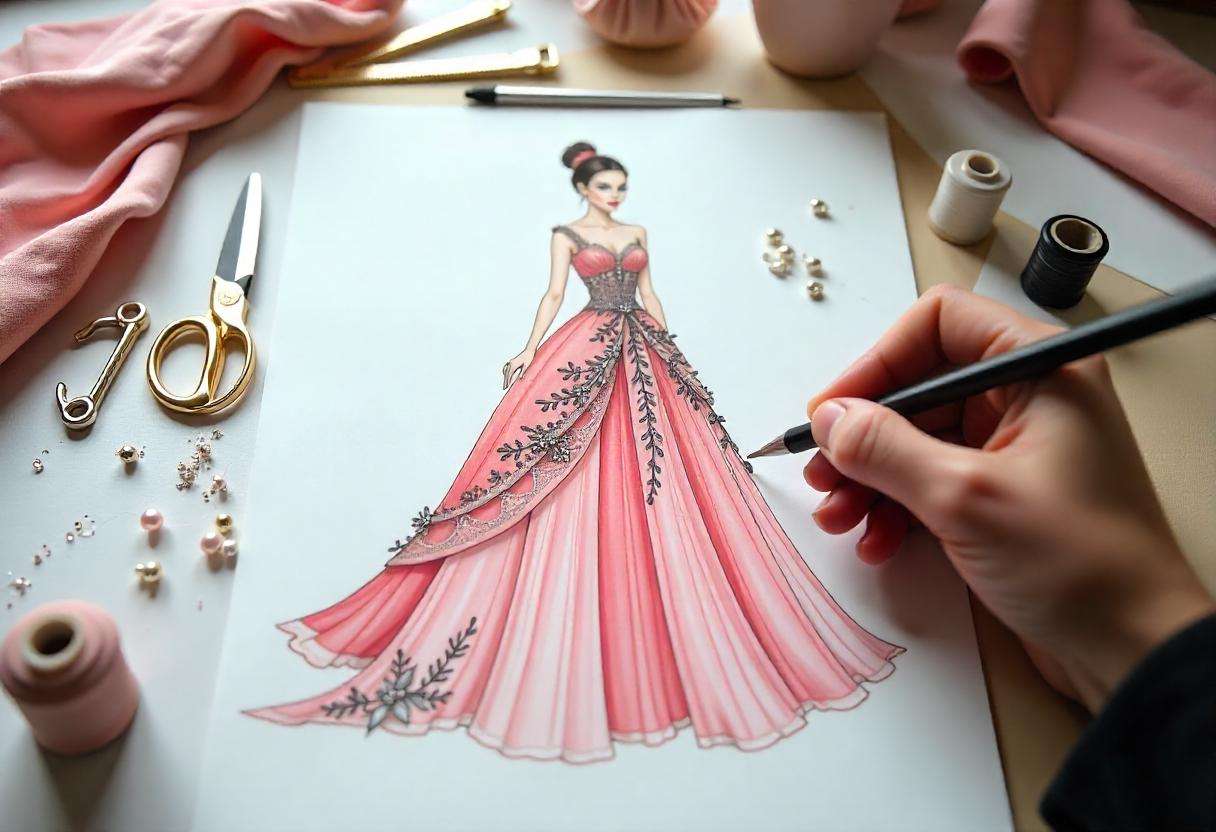"Fashion and Design" as a topic is incredibly broad and interdisciplinary, encompassing everything from historical study and cultural analysis to practical skills in garment construction and business acumen in marketing. It's a field that merges creativity with technical precision and commercial strategy.
Here's a breakdown of what "Fashion and Design" as a topic entails:
1. What is Fashion and Design?
At its core, Fashion Design is the art of applying design, aesthetics, clothing construction, and natural beauty to clothing and its accessories. It involves conceiving garment combinations of line, proportion, color, and texture, and translating these concepts into wearable forms.
Fashion itself is the prevailing style or groups of styles in clothing and accessories worn by a large group of people at a given time. It's a social phenomenon, influenced by diverse cultures, historical periods, art forms, music, social movements, and technology.
Together, "Fashion and Design" explores:
-
The creative process: From initial concept and sketching to fabric selection and garment creation.
-
The historical context: How fashion has evolved over centuries and its relationship with societal changes.
-
The cultural impact: How fashion expresses identity, social status, cultural heritage, and subcultures.
-
The business aspect: The industry's structure, from production and marketing to retail and consumption.
-
The technical skills: Pattern making, draping, sewing, textile knowledge, and digital design tools.
2. Key Areas of Study within Fashion and Design
When treated as an academic or professional topic, "Fashion and Design" covers a wide array of specialized areas:
-
Fashion History & Theory: The evolution of clothing styles, cultural influences, and the theoretical frameworks that explain fashion phenomena.
-
Design Fundamentals: In-depth study of the elements (line, shape, color, texture, pattern) and principles (balance, proportion, emphasis, rhythm, harmony) of design.
-
Textile Science & Technology: Understanding different fibers, fabrics, their properties, production methods (weaving, knitting), dyeing, printing, and finishes. This also includes emerging smart textiles and sustainable materials.
-
Pattern Making & Garment Construction: The technical skills of translating a 2D design into a 3D garment. This includes flat pattern drafting, draping on a mannequin, and various sewing techniques.
-
Fashion Illustration & Digital Design: Developing skills in sketching, rendering, and using software (CAD programs like Adobe Illustrator, Photoshop, Clo3D) for design, presentation, and technical drawings.
-
Fashion Marketing & Merchandising: Understanding consumer behavior, branding, retail strategies, supply chain management, visual merchandising, and communication in the fashion industry.
-
Fashion Forecasting & Trend Analysis: Researching and predicting future trends in colors, silhouettes, fabrics, and consumer preferences.
-
Sustainable & Ethical Fashion: Addressing environmental and social issues within the industry, focusing on eco-friendly materials, ethical production, circular fashion, and responsible consumption.
-
Specialized Design Areas:
-
Womenswear, Menswear, Childrenswear
-
Activewear/Sportswear
-
Bridal Wear/Evening Wear
-
Accessories Design (footwear, bags, jewelry, millinery)
-
Costume Design (for film, theater, performance)
-
Adaptive Design (for people with disabilities)
-
3. Career Paths in Fashion and Design
A degree or expertise in fashion and design opens doors to a diverse range of careers, not just designing clothes:
-
Creative/Design Roles:
-
Fashion Designer (womenswear, menswear, accessories, etc.)
-
Textile Designer
-
Fashion Illustrator
-
Pattern Maker
-
Draper
-
Technical Designer (ensuring manufacturability and fit)
-
Costume Designer
-
3D Fashion Designer (for digital fashion/gaming/virtual spaces)
-
-
Business/Management Roles:
-
Fashion Buyer
-
Fashion Merchandiser
-
Retail Manager
-
Production Manager
-
Brand Manager
-
Fashion Entrepreneur (starting your own label)
-
-
Communication/Media Roles:
-
Fashion Stylist (for shoots, celebrities, personal clients)
-
Fashion Journalist/Writer/Blogger/Influencer
-
Fashion Photographer
-
Public Relations (PR) Specialist
-
Visual Merchandiser
-
-
Technical/Specialized Roles:
-
Garment Technologist
-
Quality Control Specialist
-
Fashion Forecaster
-
Materials Researcher
-
Fashion Educator
-
4. Why Study Fashion and Design?
Studying fashion and design offers:
-
Creative Outlet: A platform for artistic expression and innovation.
-
Problem-Solving Skills: From technical garment construction challenges to market needs.
-
Cultural Understanding: Deep insight into societal trends, history, and diverse cultures.
-
Industry Relevance: A dynamic field with global impact and constant evolution, especially with current focuses on sustainability and technology.
-
Transferable Skills: Develops critical thinking, communication, presentation, research, and business acumen.
In Eldoret, Uasin Gishu County, Kenya, the topic of "Fashion and Design" holds significant relevance, particularly given the growing local textile industry and the vibrant cultural landscape. There's potential for both creative expression rooted in local aesthetics and for contributing to the broader fashion economy through entrepreneurship and sustainable practices.
Gemini can make mistakes, so double-check it




